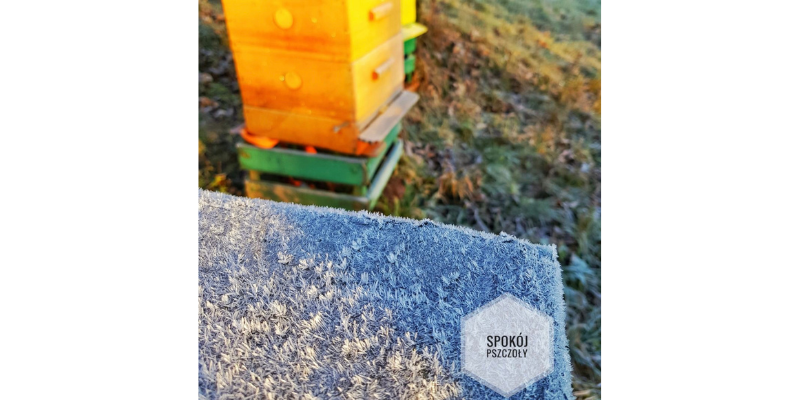
Dec 30, 2021 | Pszczoły, Blog
The first frosts are behind us. The morning frost has already appeared on the roofs of our hives. Bees, clustered in winter, keep each other warm. Winter has come. See you bees in spring!
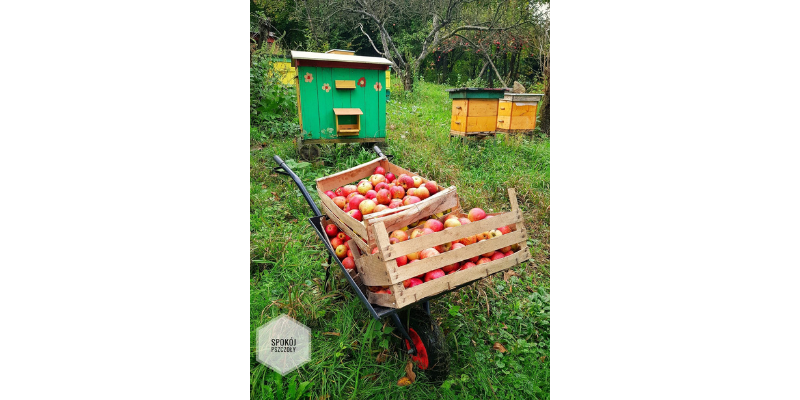
Dec 30, 2021 | Pszczoły, Blog
Here, at a glance you can see the effects of the bees’ hard work during the spring pollination of flowers in the orchard where our hive is located. In the economy, the value of bees’ work as pollinators is about 100 times higher than the sum of sold bee...
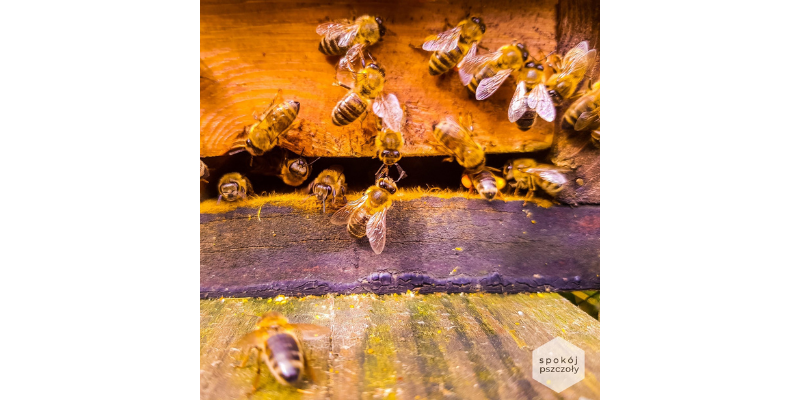
Dec 30, 2021 | Pszczoły, Blog
Did you know that at the end of the season, bees use every sunny day to replenish their hive supplies? They must use this time money. When the temperature drops below 10 degrees, the bees will stop flying. The photo shows the bees from our hive, in the apiary...
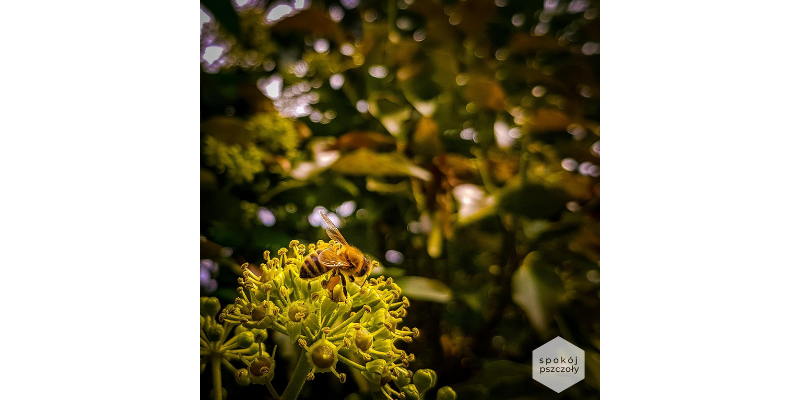
Dec 30, 2021 | Pszczoły, Blog
In cities, bees sometimes find nectar in quite unusual places. The walls are densely covered with ivy and their flowers are a great source of food against the approaching chill. Are you already cold? Have you already smoked in the fireplace?
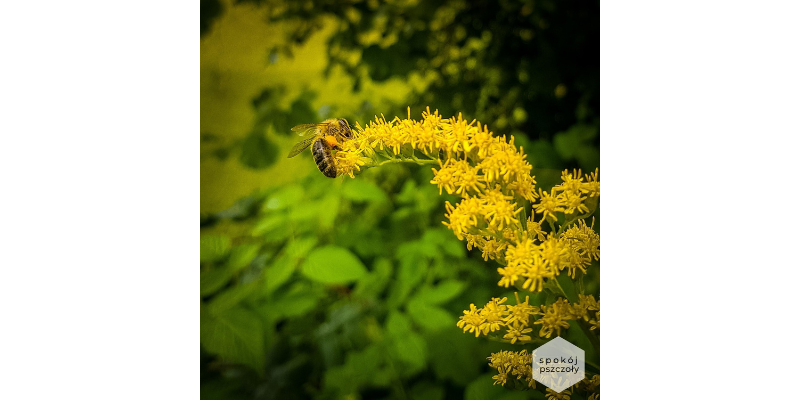
Dec 30, 2021 | Pszczoły, Blog
One of the last chances to bring nectar is goldenrod, which blooms at the end of summer. Bees already feel the impending change of the season and whenever the weather is good, they work tirelessly. As the lyrics say: “autumn begins with mimosa...

Dec 30, 2021 | Pszczoły, Blog
Today some interesting facts from our bees! Sinapis (pictured) is a plant that feeds bees from May until late autumn. For both bees and humans, mustard is a very useful plant – it has anti-inflammatory properties. Research shows that bees that have access to...










